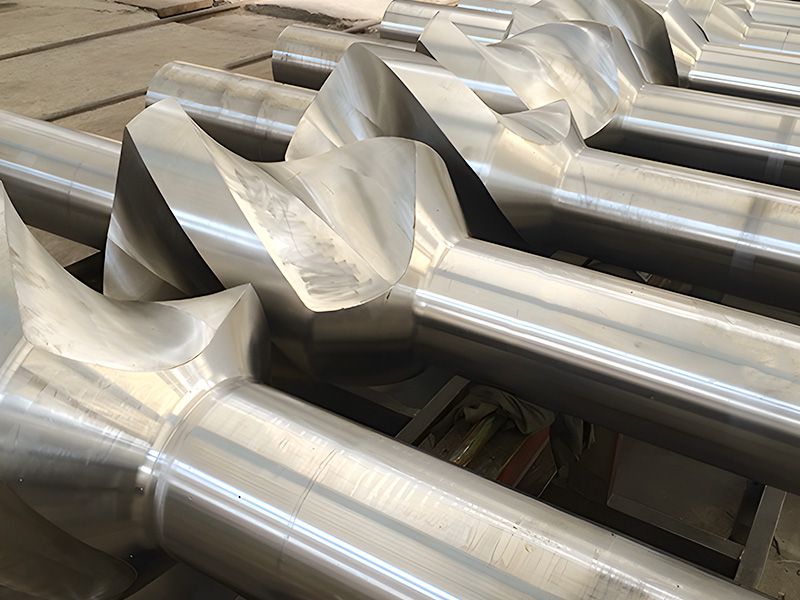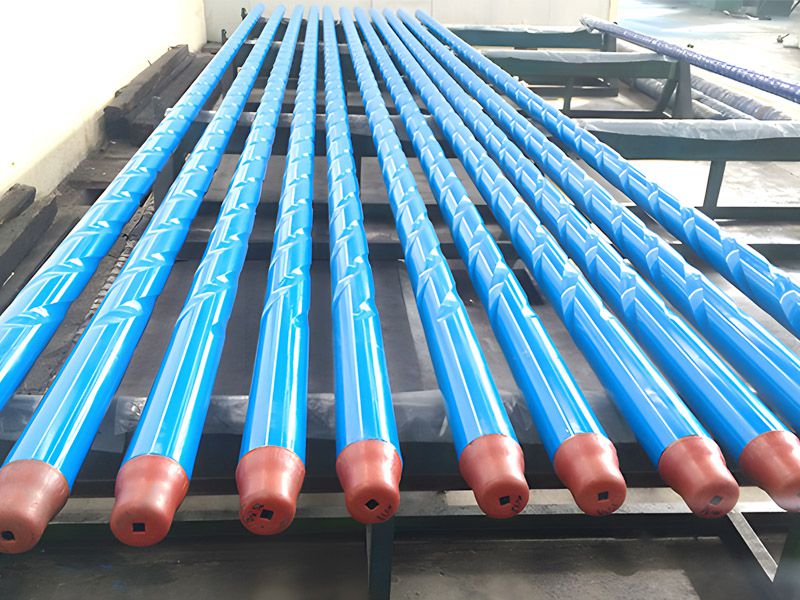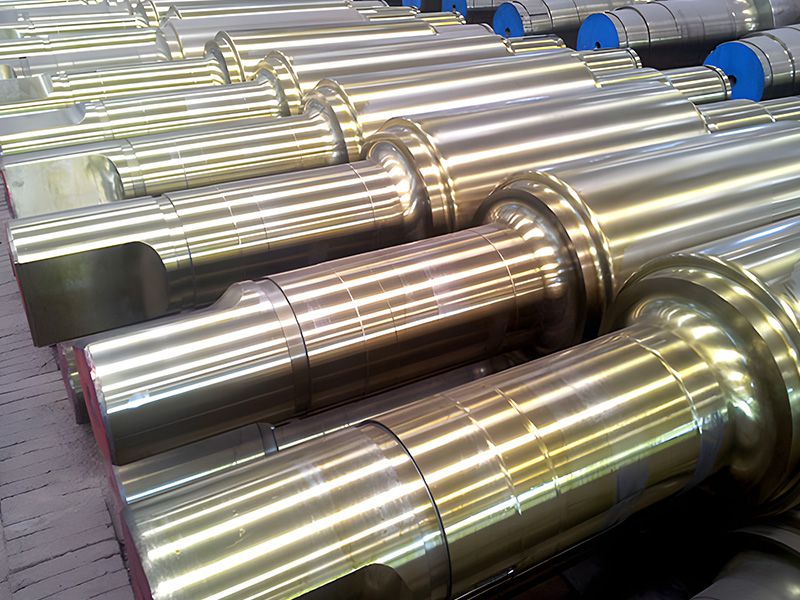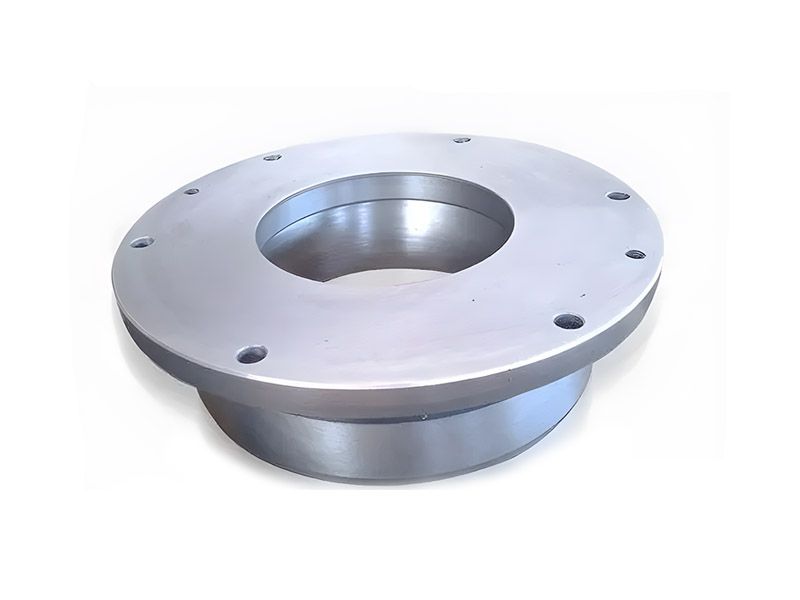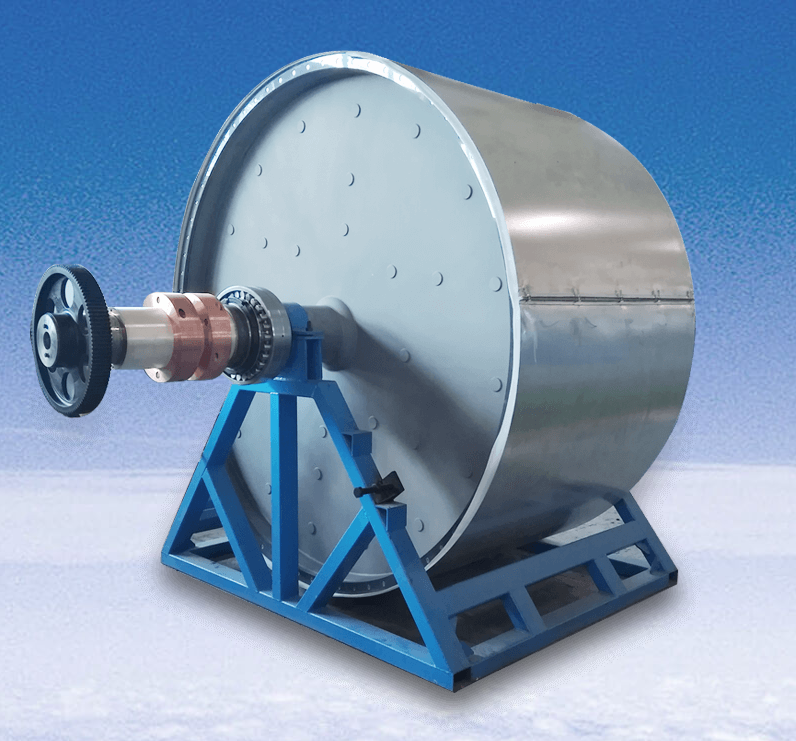Copper in non-ferrous metals is one of the metal materials used by human beings. Modern non-ferrous metals and their alloys have become indispensable structural and functional materials in machinery manufacturing, construction, electronics industry, aerospace, nuclear energy utilization and other fields.In practical applications, non-ferrous metals are usually divided into five categories:① Light metalDensity is less than 4500 kg/cubic meter (0.53 ~ 4.5g/cm3), such as aluminum, magnesium, potassium, sodium, calcium, strontium, barium, etc.② Heavy metalsDensity greater than 4500 kg/cubic meter (4.5g/cm3), such as copper, nickel, cobalt, lead, zinc, tin, antimony, bismuth, cadmium, mercury, etc.③ Precious metalsThe price is more expensive than common metals, the crust abundance is low, the purification is difficult, and the chemical properties are stable, such as gold, silver and platinum group metals.④ semi-metalProperties between metal and non-metal, such as silicon, selenium, tellurium, arsenic, boron, etc.⑤ Rare metalsIncluding rare light metals, such as lithium, rubidium, cesium, etc.Rare refractory metals, such as titanium, zirconium, molybdenum, tungsten, etc.Rare dispersed metals, such as gallium, indium, germanium, etc.;Rare earth metals, such as scandium, yttrium, lanthanide metals;Radioactive metals such as radium, francium, polonium, and uranium and thorium in the alkene elements.
Metal structure manufacturing refers to the production of metal components, metal component parts, steel products for construction and similar products with iron, steel or aluminum as the main material.These products can be transported and can be easily assembled, installed or erected (e.g. by a construction enterprise on a construction site).Including:- Metal structures and components for construction: metal roofs, metal roof frames, metal columns, etc.;- Metal bridge structures and bridge parts, iron towers, iron frames, metal pillars, metal girders, metal frames at mine entrances, sluice gates, wharves and other metal components;- Metal mobile houses;- Steel scaffolding, metal formwork or metal struts for tunnel support and similar articles;- Processed metal plates, metal rods, metal profiles, metal profiles, metal pipes and similar products and their component parts for the above-mentioned structures.
Nonferrous metals [Metallurgy]non-ferrous metal, narrow sense of nonferrous metals also known as non-ferrous metals, is a general term for all metals other than iron, manganese, and chromium. The broad definition of non-ferrous metals also includes non-ferrous alloys.A non-ferrous alloy is an alloy composed of a non-ferrous metal as a matrix (usually greater than 50%), adding one or several other elements. Non-ferrous metals usually refer to all metals except iron (and sometimes manganese and chromium) and iron-based alloys. Non-ferrous metals can be divided into heavy metals (such as copper, lead, zinc), light metals (such as aluminum, magnesium), precious metals (such as gold, silver, platinum) and rare metals (such as tungsten, molybdenum, germanium, lithium, lanthanum, uranium).
Non-ferrous metals refer to all metals other than iron, chromium and manganese. China listed iron, chromium and manganese as ferrous metals in 1958; Besides iron, chromium and manganese, 64 kinds of metals are listed as non-ferrous metals. The 64 non-ferrous metals include: Aluminum, magnesium, potassium, sodium, calcium, strontium, barium, copper, lead, zinc, tin, cobalt, nickel, antimony, mercury, cadmium, Bismuth, gold, silver, platinum, Rutherium, Rhodium, Palladium, osmium, Ridium, Beryllium, Lithium, Rubidium, cesium, titanium, zirconium, hafnium, vanadium, niobium, tantalum, Tungsten, molybdenum, gallium, indium, thallium, Germanium, rhenium, lanthanum, cerium, dymium, Neodymium, samarium, pium, gadolinium, terbium, dysprosium, holmium, erbium, thum, scandium, yttrium, thorium.The strength and hardness of non-ferrous alloy are generally higher than that of pure metal, the resistance is larger than that of pure metal, the resistance temperature coefficient is small, and it has good comprehensive mechanical properties. Commonly used nonferrous alloys are aluminum alloy, copper alloy, magnesium alloy, nickel alloy, tin alloy, tantalum alloy, titanium alloy, zinc alloy, molybdenum alloy, zirconium alloy and so on.Due to the importance of rare metals in modern industry, they are sometimes separated from non-ferrous metals and become a separate category. And with ferrous metals, non-ferrous metals, become the three major categories of metals.Non-ferrous metals are the basic materials for the development of the national economy, and most industries such as aviation, aerospace, automobiles, machinery manufacturing, electric power, communications, construction, and home appliances are based on non-ferrous metal materials. With the rapid development of modern chemical industry, agriculture and science and technology, non-ferrous metals are playing an increasingly important role in human development. It is not only an important strategic material in the world, an important means of production, but also an important material of indispensable consumption materials in human life.
Metal materials are usually divided into black metal, non-ferrous metal and special metal materials.① Ferrous metal, also known as iron and steel materials, includes industrial pure iron with total impurity content<0.2% and carbon content not exceeding 0.0218%, steel with carbon content of 0.0218%~2.11%, cast iron with carbon content greater than 2.11%. Ferrous metals in a broad sense also include chromium, manganese and their alloys.② Non-ferrous metals refer to all metals and their alloys except iron, chromium and manganese, usually divided into light metals, heavy metals, precious metals, semi-metals, rare metals and rare earth metals, etc. The strength and hardness of non-ferrous alloys are generally higher than that of pure metals, and the resistance is large and the resistance temperature coefficient is small.③ Special metal materials include different uses of structural metal materials and functional metal materials. Among them, amorphous metal materials, quasicrystalline, microcrystalline and nanocrystalline metal materials are obtained by rapid condensation process. There are also special functional alloys such as stealth, hydrogen resistance, superconductivity, shape memory, wear resistance, vibration damping and metal matrix composite materials.
Metal cutting is the process of cutting excess material from the workpiece with a tool to obtain the required parts such as shape, dimensional accuracy and surface quality. To achieve this cutting process, there must be three conditions: there must be relative movement between the workpiece and the tool, that is, the cutting movement; The tool material must have certain cutting performance; The tool must have appropriate geometric parameters, i.e. cutting Angle, etc. Metal cutting process is through the machine tool or hand-held tools to carry out cutting, its main methods are turning, milling, planing, grinding, drilling, boring, gear processing, marking, saw, file, scraping, research, reaming, tapping, sleeve thread and so on. Although its forms are diverse, they have common phenomena and laws in many aspects, which are the common basis for learning various cutting processing methods.

